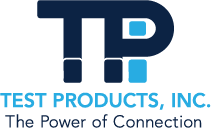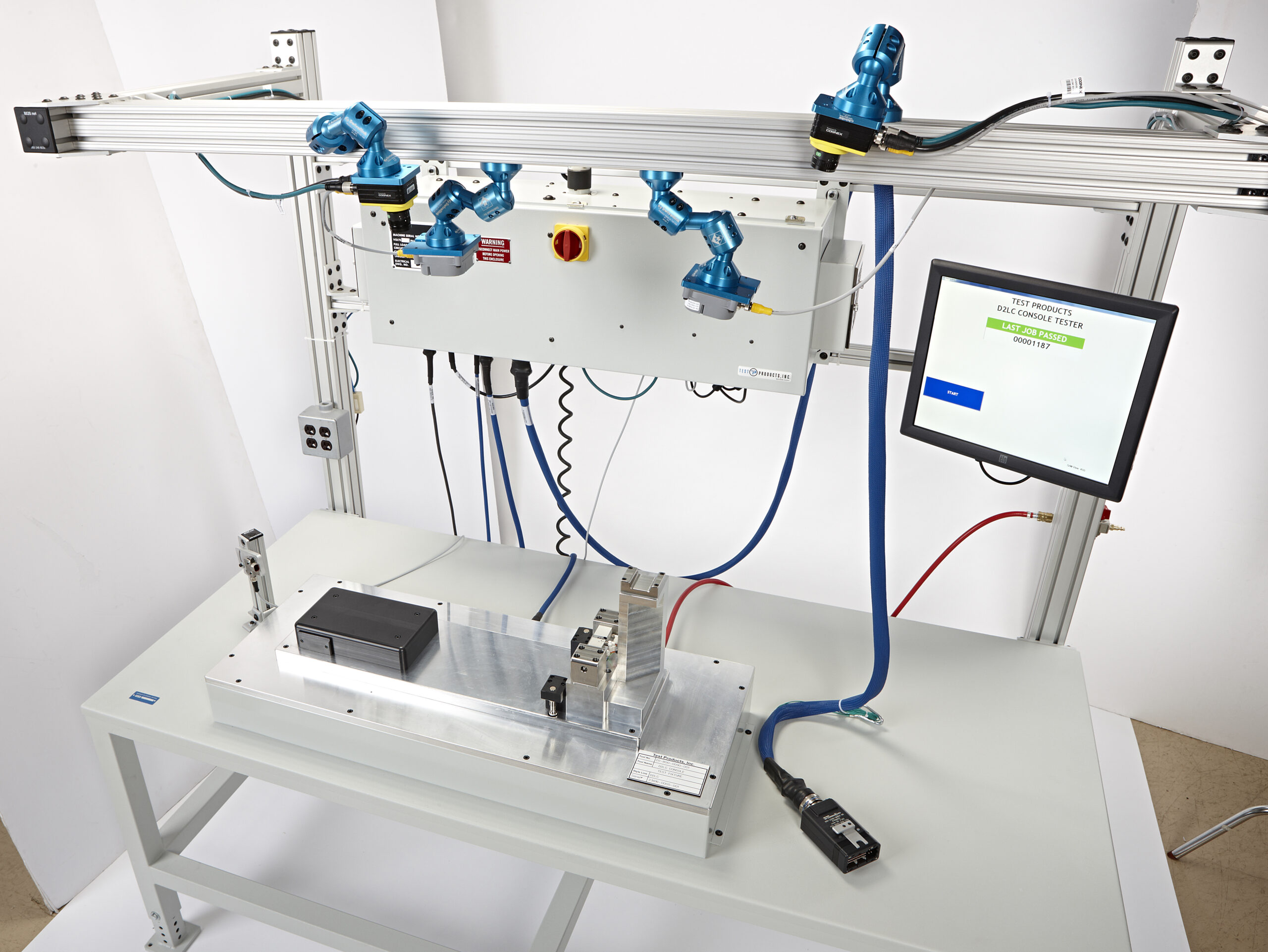Key Features to Look for in Automated Test Equipment
Automated test equipment is integral to modern manufacturing, providing OEMs with documented validation that ensures their products safely perform as intended. Testing systems such as optical scanners that detect missing components or electrical connection validation systems are vital to quality assurance and cost control. With proper programming, automated test equipment can provide real-time production data that allows manufacturers to quickly address any inconsistencies or quality issues. The right testing system will have a profound impact on quality-reliability and testing speed; however, the wrong automated test equipment can tarnish a manufacturer’s reputation.
Features of High-Quality Automated Test Equipment
Automated test equipment is as diverse as the applications they serve; however, reliable systems share key features that enhance efficiency and cost-effectiveness.
Flexibility
While automated test equipment can be designed for a single product, manufacturers often produce multiple products and product variations, all of which require testing and validation to ensure quality and reliability. The best automated testing equipment will provide flexibility to accommodate product demand and specification changes with minimal additional investments.
Scalability
Growth is the goal of most manufacturers, with equipment investment being one of the significant hurdles. As manufacturers grow, automated test equipment should be able to handle the increased testing demands of higher production volumes while still maintaining precision results.
Ease of Integration
Cost-effective solutions to automated test equipment demand seamless integration into existing systems, preventing OEMs from investing additional resources into altering their current processes to accommodate the advanced testing equipment.
Non-Destructive Processes
Electronic components and connections tend to be delicate and prone to damage during the connecting and disconnecting process, particularly before final assembly when they are housed in a protective case. Ideally, automated test equipment should be designed to prevent this damage to the device under testing (DUT), preserving the connection’s integrity.
Reporting Capabilities
Automated test equipment has the capability to provide OEMs with enhanced manufacturing insights, allowing OEMs to adjust production as required. For example, these reporting capabilities can show production supervisors quality breakdowns by shift or employee, highlighting areas for improvement, such as additional training. As another bonus, advanced reporting capabilities provide opportunities for OEMs to expand their industry capabilities to more demanded sectors, such as aerospace and military contracts that require extensive documentation and traceability.
Customizable
For optimal results, automated test equipment should be customized to each product’s unique specifications and testing parameters. This allows product development to focus on producing the next greatest innovations instead of worrying about designing products to match current testing equipment.
Durability
The manufacturing industry can be brutal on equipment as thousands of components are fabricated, assembled, and tested. Automated test equipment needs to be built to withstand the intense demands, harsh conditions, and continuous operation that define modern manufacturing. Easy maintenance and repair is also critical when selecting automated testing equipment to prevent unnecessary downtime and expense.
User Experience
Prime automated test equipment is designed to ensure easy operation, often through the use of programmable logic controllers (PLCs), allowing quick integration with minimal additional training requirements.
Accuracy
Automated test equipment is only as good as the accuracy of the results. Over time, tooling or fixtures may wear out, reducing accuracy. However, modern automated test equipment often utilizes advanced machine learning capabilities that automatically adjust to these changes and can proactively alert manufacturers to maintenance requirements before equipment failure.
The Best Automated Test Equipment Embraces the Power of Connection
Off-the-shelf testing equipment works best for generic off-the-shelf products. Innovations, advancements, and the products of tomorrow demand cutting-edge, customized testing technology to ensure optimal performance, reliability, and user safety. At TPI, we leverage collaboration and state-of-the-art technology to develop customized automated test equipment optimized with the Power of Connection.
To learn more about customized automated testing solutions, please contact the experts at TPI today!

